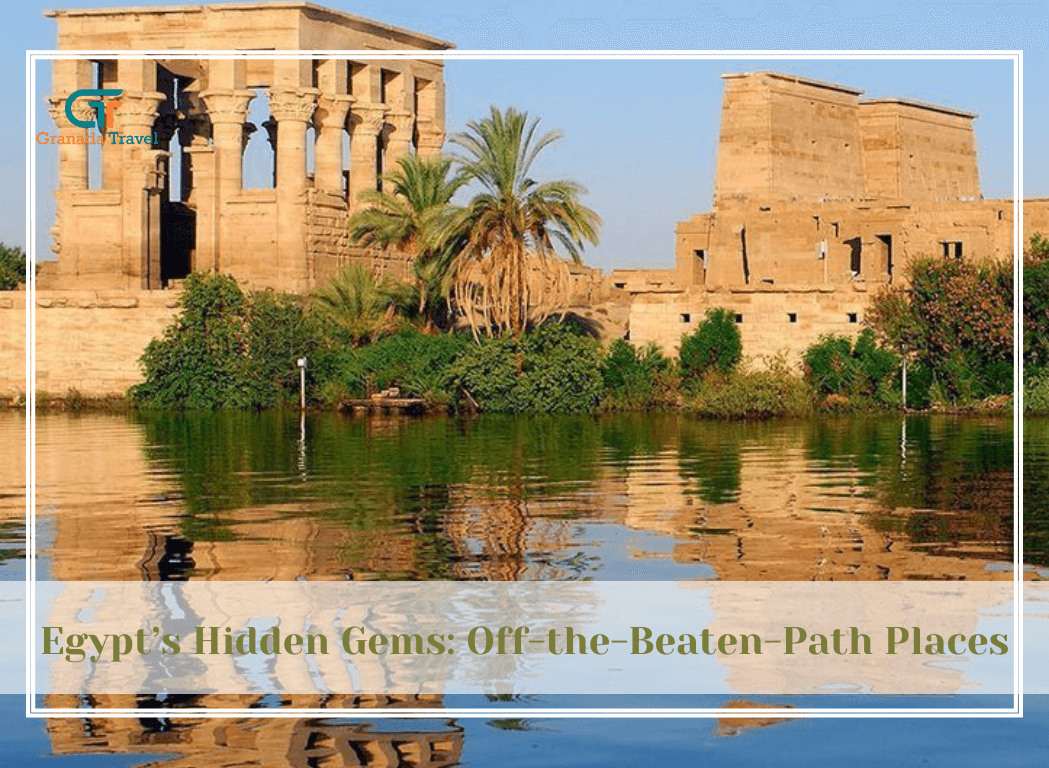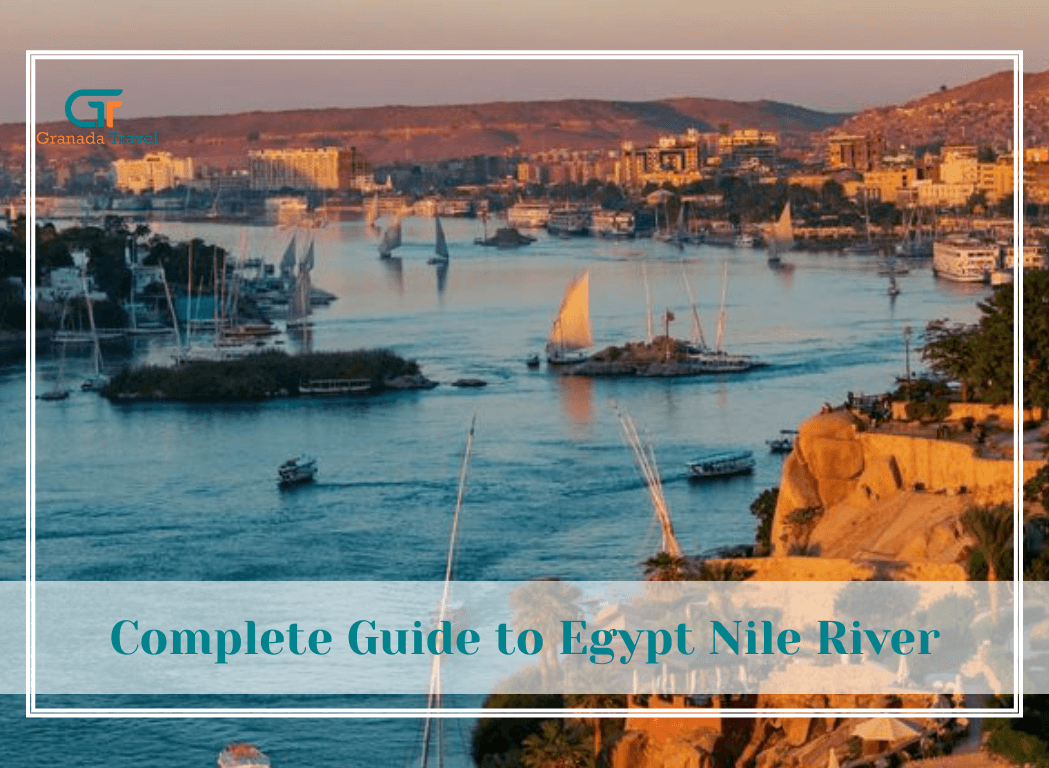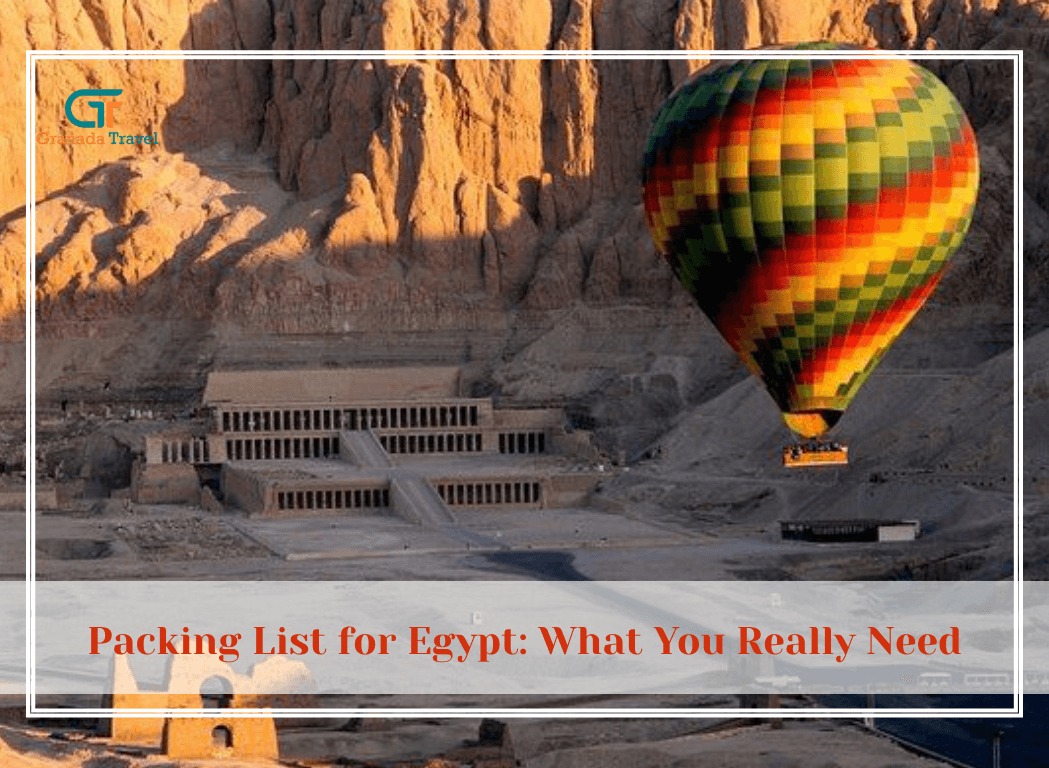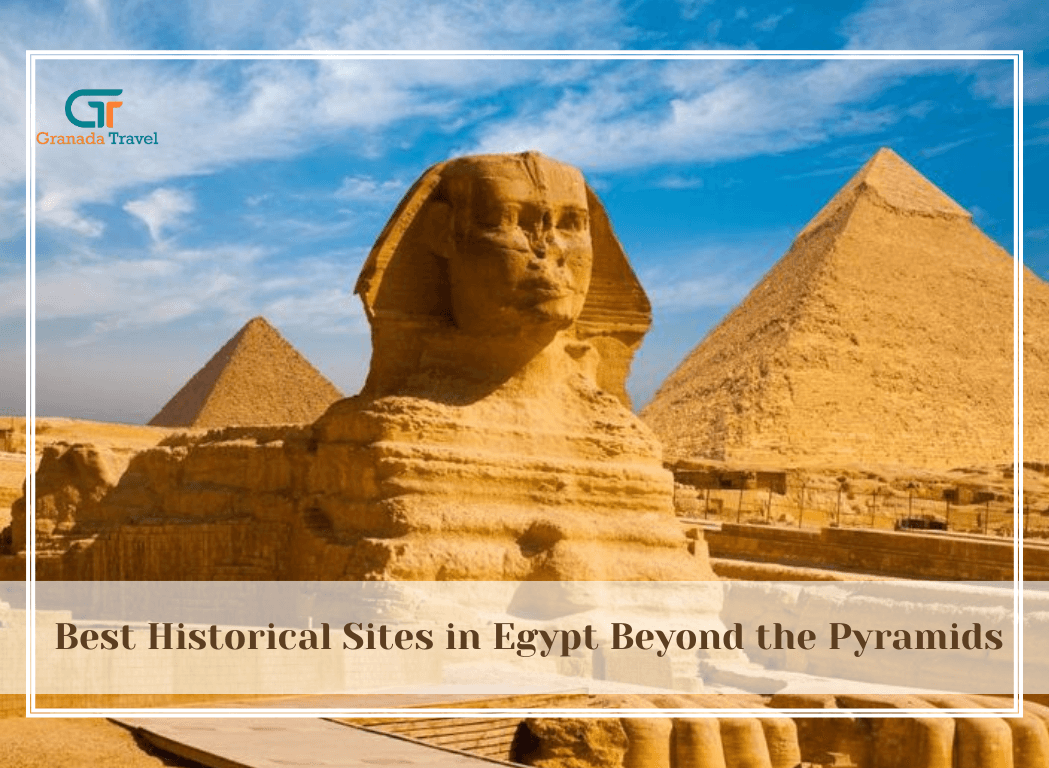
Egypt’s Hidden Gems: Off-the-Beaten-Path Places
When most travelers think of Egypt, images of the Pyramids of Giza, the Sphinx, and the temples of Luxor immediately come to mind. Yet beyond these world-famous landmarks lies a treasure trove of hidden gems Egypt has carefully kept from the tourist spotlight. From unusual places in Egypt to secret destinations rarely found in guidebooks, these lesser-known spots offer authentic experiences for travelers seeking adventure, solitude, and a deeper connection with the country’s heritage.
Whether you crave untouched desert landscapes, quiet Nile-side villages, or mystical ancient ruins without the crowds, this guide will lead you through Egypt’s most captivating non-touristy locations.
Why Seek Out Egypt’s Hidden Gems
Exploring Egypt’s hidden gems opens the door to a side of the country that many travelers never see. While the Pyramids and the temples of Luxor are unforgettable, venturing off the beaten path reveals quiet villages, untouched landscapes, and ancient sites steeped in mystery. These lesser-known places offer a deeper cultural connection, allowing you to witness traditions, meet locals, and experience Egypt’s natural beauty without the crowds. Seeking out these secret destinations also supports small communities and provides a more authentic, rewarding adventure for those eager to go beyond the classic tourist trail.
The White Desert: Surreal Chalk Formations
The White Desert is one of Egypt’s most otherworldly landscapes, where wind-sculpted chalk formations rise like frozen waves across a vast sea of sand. Located about 500 kilometers southwest of Cairo, this protected national park feels more like a lunar surface than a desert. Towering white pillars, mushroom-shaped rocks, and gleaming sand dunes create a dreamlike setting that changes color as the sun moves across the sky. Visiting the White Desert offers a chance to camp under a blanket of stars, experience absolute silence, and witness a side of Egypt that is as serene as it is surreal—perfect for travelers seeking both adventure and tranquility.
Travel Tip: Join a guided desert safari for safety and to learn about the region’s fragile ecosystem.
Siwa Oasis: An Ancient Berber Haven
Tucked deep within Egypt’s Western Desert near the Libyan border, Siwa Oasis feels like a world apart from the country’s bustling cities and iconic monuments. This remote haven has been home to the Berber-speaking Siwan people for centuries, preserving a distinct culture, language, and way of life. Surrounded by towering sand dunes and shimmering salt lakes, Siwa offers a slower rhythm where palm groves, freshwater springs, and ancient mud-brick villages create a timeless atmosphere. Visitors can explore the legendary Temple of the Oracle, where Alexander the Great once sought divine guidance, soak in natural hot springs, and wander through the labyrinthine old town of Shali. Siwa’s blend of breathtaking desert scenery, rich heritage, and welcoming locals makes it one of Egypt’s most enchanting hidden gems—an ideal destination for travelers who crave authenticity, silence, and a deeper connection with nature and history.
Don’t Miss: Soaking in Cleopatra’s Bath, a natural spring where legend says the queen once swam.
Abydos: Temple of Mystical Legends
Hidden in the desert north of Luxor, Abydos is one of Egypt’s most sacred ancient cities and a treasure for lovers of history and mythology. Revered as the cult center of Osiris—the god of the afterlife—Abydos drew pilgrims from across Egypt who came seeking blessings and a closer connection to the divine. At its heart stands the magnificent Temple of Seti I, famed for its beautifully preserved reliefs, vibrant hieroglyphics, and the mysterious “Abydos King List,” which records generations of pharaohs. Walking through its pillared halls, visitors can admire intricate carvings depicting legendary tales of creation and resurrection, offering a glimpse into the spiritual beliefs that shaped Egypt’s ancient civilization. Far less crowded than Luxor’s temples, Abydos rewards travelers with an atmosphere of quiet mystery, making it a perfect stop for those seeking the hidden spiritual side of Egypt’s past.
Fayoum: Lakes, Waterfalls, and Ancient Crafts
Just a short journey southwest of Cairo, Fayoum is a breathtaking oasis that blends natural beauty with deep-rooted history and living traditions. Known for its shimmering lakes, cascading waterfalls, and fertile farmlands, this region has been a cradle of Egyptian life for thousands of years. Visitors can marvel at the tranquil waters of Lake Qarun, explore the dramatic Wadi El Rayan waterfalls, or wander through the Valley of the Whales, where prehistoric fossils tell the story of Earth’s ancient seas. Beyond its landscapes, Fayoum is celebrated for its vibrant pottery villages and traditional weaving, offering a rare chance to witness artisans keeping age-old crafts alive. Whether you’re birdwatching along the wetlands, hiking the desert trails, or shopping for handmade treasures, Fayoum invites travelers to experience a side of Egypt that feels both timeless and refreshingly untouristed.
Dakhla and Kharga Oases: Timeless Desert Life
Tucked deep within Egypt’s Western Desert, the Dakhla and Kharga Oases offer a glimpse of desert life that has remained virtually unchanged for centuries. These remote havens are dotted with lush date palms, bubbling hot springs, and mudbrick villages that echo with history. In Dakhla, ancient rock carvings and medieval Islamic forts reveal layers of civilizations that once thrived along forgotten trade routes. Kharga, the largest of Egypt’s oases, is home to impressive Roman temples such as Hibis and early Christian cemeteries that speak to its rich multicultural past. Travelers can soak in natural thermal baths, wander through sprawling sand dunes, and meet local communities who preserve traditional crafts and hospitality. Far from the crowded tourist sites, Dakhla and Kharga offer serenity, striking landscapes, and an authentic connection to Egypt’s timeless desert heritage.
Ras Mohammed National Park: Red Sea Wonder
Ras Mohammed National Park, located at the southern tip of the Sinai Peninsula, is one of Egypt’s most spectacular natural treasures and a true Red Sea wonder. Famous for its crystal-clear waters and vibrant coral reefs, this protected marine reserve attracts divers and snorkelers from around the world. Beneath the surface, you’ll find a kaleidoscope of marine life—colorful fish, sea turtles, and intricate coral gardens that create an underwater paradise. Above water, the park’s dramatic cliffs, mangrove forests, and saltwater lakes offer breathtaking views and opportunities for hiking, birdwatching, and photography. Whether you’re seeking thrilling dives, peaceful beaches, or awe-inspiring scenery, Ras Mohammed National Park showcases the untouched beauty and ecological richness that make Egypt’s Red Sea coast unforgettable.
St. Simeon Monastery: Nubian Peace
St. Simeon Monastery, perched on the west bank of the Nile near Aswan, is a serene retreat that reflects centuries of Nubian and early Christian history. Dating back to the 7th century, this ancient monastery once housed hundreds of monks and served as a spiritual hub for pilgrims traveling through Upper Egypt. Today, its weathered stone walls, arched gateways, and quiet courtyards offer a glimpse into a simpler time of devotion and contemplation. Visitors can wander through the well-preserved church, admire faded frescoes, and enjoy sweeping views of the surrounding desert and river. Far removed from Egypt’s crowded tourist routes, St. Simeon Monastery invites travelers to pause, reflect, and experience a profound sense of peace amid the timeless Nubian landscape.
How to Plan Your Off-the-Beaten-Path Trip
Exploring unusual places in Egypt requires preparation:
- Timing: Visit cooler months (October–April) for desert and oasis trips.
- Guides: Hire local guides for safety in remote areas.
- Transport: Trains and private drivers are reliable; desert safaris need 4x4 vehicles.
- Respect: Dress modestly and ask before photographing locals to honor traditions.
Travel Responsibly
Hidden gems thrive when treated with care. Choose eco-friendly tours, support small guesthouses, and avoid leaving litter in fragile ecosystems. Responsible travel ensures these non-touristy Egypt sites remain unspoiled for future generations.
Discover a Different Egypt
Egypt’s allure extends far beyond the Giza Plateau and Valley of the Kings. From the dreamlike White Desert to the peaceful Siwa Oasis, these secret destinations reveal a country layered with history, culture, and natural beauty. By seeking out hidden gems Egypt keeps close to its heart, you’ll experience a richer, more authentic journey—one that few travelers can claim.
Recent Posts




